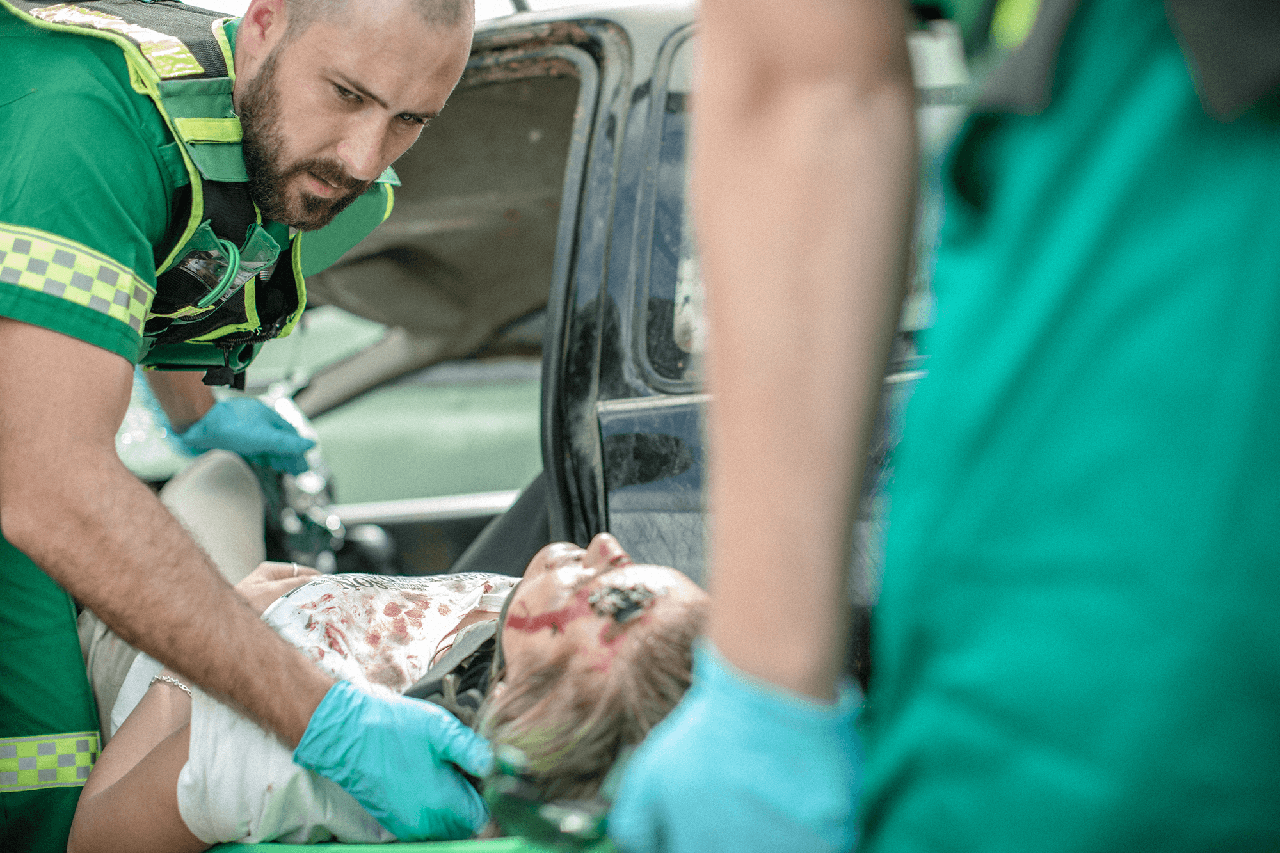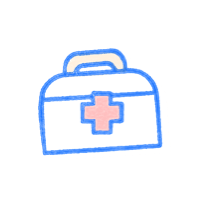START Triage (Simple Triage and Rapid Treatment)
Triage is all about determining how severe a patient’s condition is. In a mass casualty incident (MCI), which means there are more patients than the resources available for a typical call, we need extra help from other agencies and more resources. An MCI event requires special attention due to the high number of patients and the extensive resources needed.
Imagine this scenario – We arrive at the scene of a car accident involving nine vehicles, and the first thing we need to do is triage the patients. This involves sorting them based on the severity of their injuries. Let’s learn the triage tags and steps in the START Triage system.
Check out this helpful video from our 'Enhancing EMS Skills' YouTube series!
Primary and Secondary Triage
Primary Triage
This initial assessment is done as soon as responders reach the patient. It involves a rapid examination using the RPM (Respiratory, Perfusion, and Mentation) assessment to categorize patients.
Secondary Triage
Conducted in the treatment area, this reassessment ensures that patient priorities are updated based on their current conditions.
4 Triage Tags
- Red (Immediate/Critical): Patients needing immediate care and transport.
- Yellow (Delayed): Patients who require care and transport but can wait.
- Green (Walking Wounded): Patients with minor injuries who can walk.
- Black (Deceased/Expectant): Patients unlikely to survive due to the severity of their injuries.

Steps in START Triage
1. Call out to the Walking Wounded
Identifying the walking wounded is a critical step. Use a megaphone or air horn to clearly announce for those who can walk to move to a designated area. This helps quickly identify individuals who are less critically injured, allowing responders to focus immediate attention on those who cannot move on their own and may need urgent care.
2. Respiratory
Next, assess the patient’s respiratory status to ensure a quick and efficient assessment while prioritizing patients who can be saved with immediate intervention.
- Check for Spontaneous Breathing: Observe if the patient is breathing independently.
- Open Airway: If no spontaneous breathing is noted, open the airway using a modified jaw thrust maneuver.
- Rescue Breaths: Administer two rescue breaths. This step is for pediatric patients only.
- Tagging:
- If the patient begins to breathe after the rescue breaths, tag them according to their condition.
- If the patient does not begin to breathe, tag them with a black tag and proceed to the next patient.
3. Perfusion
Perfusion refers to the flow of blood through the body’s tissues, and assessing it is a crucial part of patient evaluation in EMS. Monitoring these indicators helps ensure the patient’s circulatory system is functioning properly, guiding appropriate medical interventions.
Here’s how you can check perfusion:
- Pulse Check: Look for a radial or brachial pulse to determine if the blood is flowing effectively.
- Capillary Refill: This quick test helps gauge how well blood is reaching the extremities.
- Adults: Capillary refill time should be 2 seconds or less.
- Pediatrics: Capillary refill time should be 3 seconds or less.
4. Mentation
Mentation refers to assessing a patient’s mental status to determine their level of consciousness and cognitive function. Accurate assessment of mentation helps EMS providers identify underlying medical conditions, determine the severity of an illness or injury, and guide appropriate treatment and transport decisions.
Key components of mentation assessment include:
- Alertness: Whether the patient is awake and responsive.
- Orientation: The patient’s awareness of person, place, time, and event (often assessed using the “A&Ox4” scale).
- Responsiveness: How the patient responds to verbal and physical stimuli.
- Cognitive Function: The patient’s ability to understand, remember, and follow instructions.
Adults: Assessing the mentation of an adult patient involves checking their orientation to four key elements:
- Identity: Can the patient state their name?
- Location: Do they know where they are?
- Time: Are they aware of the current date or time?
- Situation: Do they understand why EMS was called?
These questions help determine if the patient is alert and oriented, providing crucial information about their mental status and overall health.
Pediatrics/Special Needs: Evaluating mentation in pediatric patients requires a different approach compared to adults. Here are some key tips to help you effectively assess the mental status of children in emergency situations:
- Engage the Parent or Caregiver: Ask the parent or caregiver if the child is acting normally. For infants, inquire if they are behaving as expected for their age or if they appear lethargic.
- Observe for Simple Responses: Most children who can talk will be able to answer very simple questions. Use these interactions to gauge their level of awareness and responsiveness.
- Assess Non-Verbal Cues: For younger children who cannot communicate verbally, carefully observe their appearance, attitude, behavior, and mood. These observations, combined with input from the parent or caregiver, can provide valuable insights into the child’s mental status.
- Special Needs Considerations: When assessing a child with special needs, ask the parent or caregiver if the child’s behavior is normal and, if not, what changes they have noticed today. Understanding the child’s baseline behavior is crucial for accurate assessment.
Understanding and implementing the START Triage system is essential for effectively managing mass casualty incidents. By quickly categorizing patients based on the severity of their injuries using the RPM assessment and appropriate triage tags, first responders can prioritize care and optimize the use of available resources. Whether it’s a large-scale car accident, fire, or industrial incident, the principles of START Triage ensure that critical patients receive immediate attention while others are managed appropriately. Through efficient triage practices, we can significantly improve outcomes and provide the best possible care in high-stress emergency situations.

